Producers
-
Description:
The Cabrols are a wine-growing family with a domaine that has been passed down from father to son for four generations. The domaine and its 17 hectares of vines are located in the small village of Castelnau de Guers, which is in the northern part of the Picpoul de Pinet AOC and is in the process of becoming a “cru village” of the Languedoc. The domaine practices sustainable viticulture and is certified by Terra Vitis. The Mediterranean climate and the fact that they harvest at night protects the aromas and freshness of the wine. Estate bottled.
Image: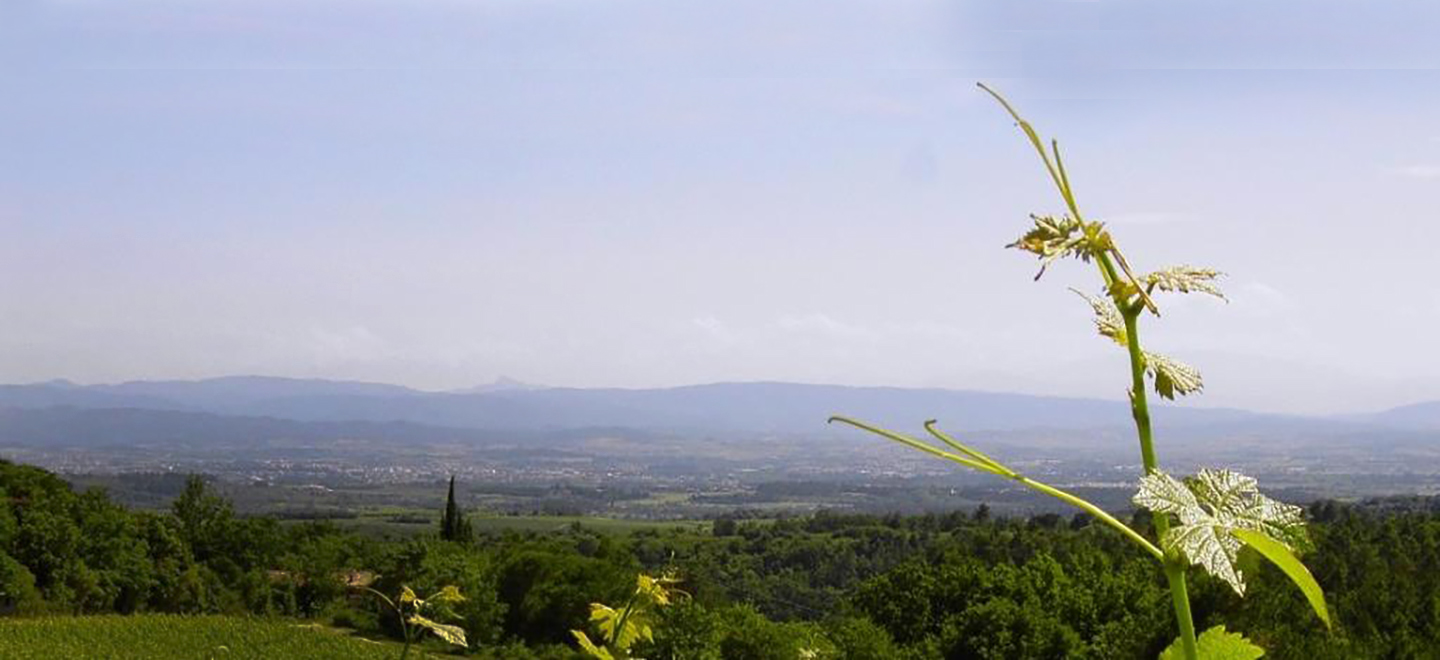 Region:
Region: -
Description:
Similar to the steadily increasing influence of smaller, grower Champagne producers over the past 20 years, the best producers in Catalunya’s Penedès region have been leading by example to distinguish themselves from the largest cava houses and further differentiate each other from the D.O. and brand of Cava. In 2015, The Association of Wine Producers and Growers Corpinnat was formed as a collective to essentially walk away from this blanket term. After trying to make a positive influence within the D.O. this group of growers realized that so many were indifferent to environmental practices and the reputation of being lower-priced sparkling so they decided to drop the name entirely.
Today, there are 11 Corpinnat producers who have all agreed on a set of rules in an attempt to elevate these Spanish Sparkling wines. In order to be labeled as a Corpinnat, grapes must be made from at least 90% indigenous varietals (Xare.lo, Macabeo, Malvasia & Parellada) 100% organic, and harvested by hand. Also, wines must be made within the Corpinnat territory in the DOP Penedes and entirely vinified on a certain winery's premises. In the cellar, wines must be aged for a minimum of 18 months (for NV & 36 months for vintage).
Can Descregut is a small, third-generation, family-owned winery. In 1992 Arantxa de Cara and her husband, Marc Milà purchased the estate which made base wine for cava until 2005 when the pair decided to convert their vineyards to organic farming. Vines are scattered in a variety of different soils, predominantly clay, between Vilobí and Font-rubí, where old vines of white and red Xarel-lo, Macabeo, Parellada, and Sumoll are planted. The winery itself is located within a farmhouse called Masia de Can Descregut which--not surprisingly is what the wine is named for. The pair makes both sparkling and still wines with a production of about 5,000cs per vintage.
Image: Region:
Region: -
Description:
Candialle is a farm with a history going back to Roman times. Like many Tuscan poderi, it supplied bigger estates with various agricultural products. In 1999, the wife and husband (German/Finnish) team of Josephin and Jarkko Peränen purchased the land and began lovingly restoring it to the splendor it had once known. 2002 was their first wine release.
Located in Panzano in Chianti, just 20 km from Florence in the Conca d’Oro in the heart of the Chianti Classico zone, Candialle has 12.2 hectares under vine, 9 of which are planted to Sangiovese. Panzano and the surrounding Conca d’Oro are well-known for a high percentage of galestro, a friable clay marl-like soil high in limestone; there is also some pietraforte (hard sandstone) and alberese (hard chalk). The zone is 300+ meters above sea level and sees large diurnal shifts. It is one of Sangiovese's true natural habitats. The Peränens have a large variety of clonal and massale selections of Sangiovese in their vineyards, including their prized T19 and even a Candialle selection grafted from ancient vines that had been trained up tress (viti maritate or testucchio). The vineyards are trained in either doppio cordone speronato or alberello at high densities ranging from 7,600-10,000 plants per hectare. The percentage of alberello (bush vines) is quite high; Candialle is one of only a handful of estates working extensively with this training method, which was once standard in Chianti Classico.
All vineyard work is 100% organic. Increasingly, Jarkko and Josephin have come to look at their farming as regenerative. Their preference is for native/spontaneous plants rather than cover crops. If they pass with a tractor at all, it is with specialized, lightweight equipment which does not disturb the subsoil. Composting of vine cuttings is done on the property, using manure from their own cows.
The wines are elegant, pure, and fresh, but show great depth and concentration, true to their location. In the cellar, grapes are destemmed and then gravity-fed through the roof. Fermentations occur between stainless steel and concrete, much of which is unlined. Macerations are often on the lengthy side, 30+ days, gently extracting the best the skins have to offer. Aging vessels are many: stainless steel, concrete, Burgundy barrels of 350L and 600L. There are also Clayver, 250L ceramic orbs, made in Liguria, which are fired at twice the temperature of terracotta and only only 1/10th the oxgyen exchange of a wood barrel. There is often long bottle aging before release; at the time of this writing in October 2021, the release of the flagship Chianti Classico Candialle is still 2013.
Josephin and Jarkko have been quietly and successfully doing things their way. Candialle is certainly one of the more overachieving wineries in our portfolio.
To visit their website, click here.
BOWLER E-Zine Issue 2 | Q1 2021: Regenerative Farming: Scratching at the Surface
Image: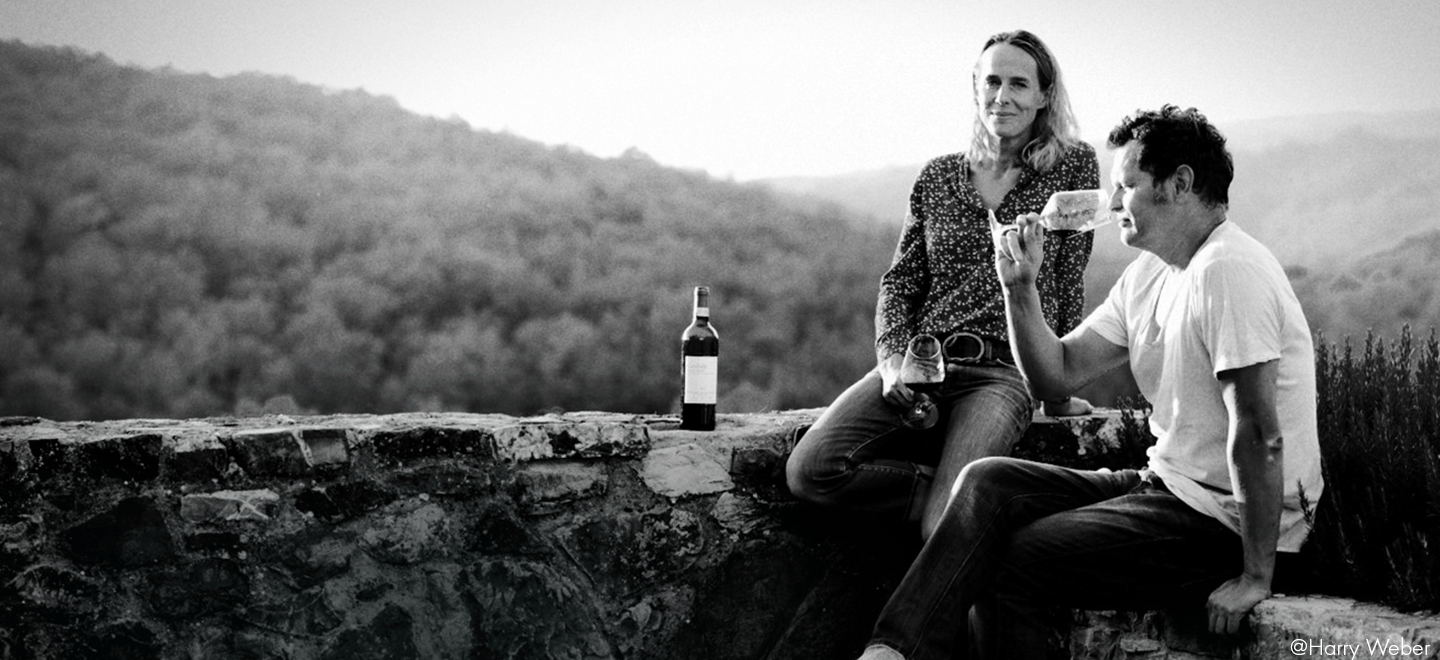 Region:
Region: -
Description:
Thank you to importer Louis/Dressner for this Canonica profile:
Giovanni Canonica is a hidden legend in the town of Barolo. He and his family run a small agriturismo where, in the cellars below, he makes his wines. For many years, he only produced from 1.5 hectares of vines in the Paiagallo vineyard directly on the hill above the village of Barolo. The only other proprietors in this vineyard site are Marchesi de Gresy and Fontanafredda, neither of whom does a mono-vineyard bottling from it. Gianni proves, in the right hands, that doing so merits consideration.
In the early 2010's, Giovanni inherited a small amount of vines in the sector of Grinzane Cavour. The vines that produce the Barolo here are over 50 years old and contain a high percentage of the rare “rose” clone of Nebbiolo. The first vintage produced was 2012.
In 2013, after much diligent work in the vineyards, Giovanni decided to produce a Langhe Rosso from the least interesting sectors in Paigaillo and Grinzane Cavour. 80% comes from Grinzane but this will likely decrease as the vines mature and Giovanni gets a firmer grasp of the land. Around 2000 bottles are produced annually.
Giovanni's holdings are separated from the conventional vineyard work of most other producers in a way that keeps as much integrity to Canonica's vines as possible. Everything is traditional in the vineyard and cellar: no herbicides, pesticides or fertilizers, only sulfur and copper treatments, destemming maceration for 30-40 days using only indigenous yeasts, vertical hand press, then into cement and slavonian oak for aging. A small number of bottles are made, mostly sold at the cellar. But after a few years of asking and cajoling, Gianni is selling us some. We couldn't be happier; this is a beautiful, distinctively traditional Barolo from a singular, interesting and empathic guy.
Image: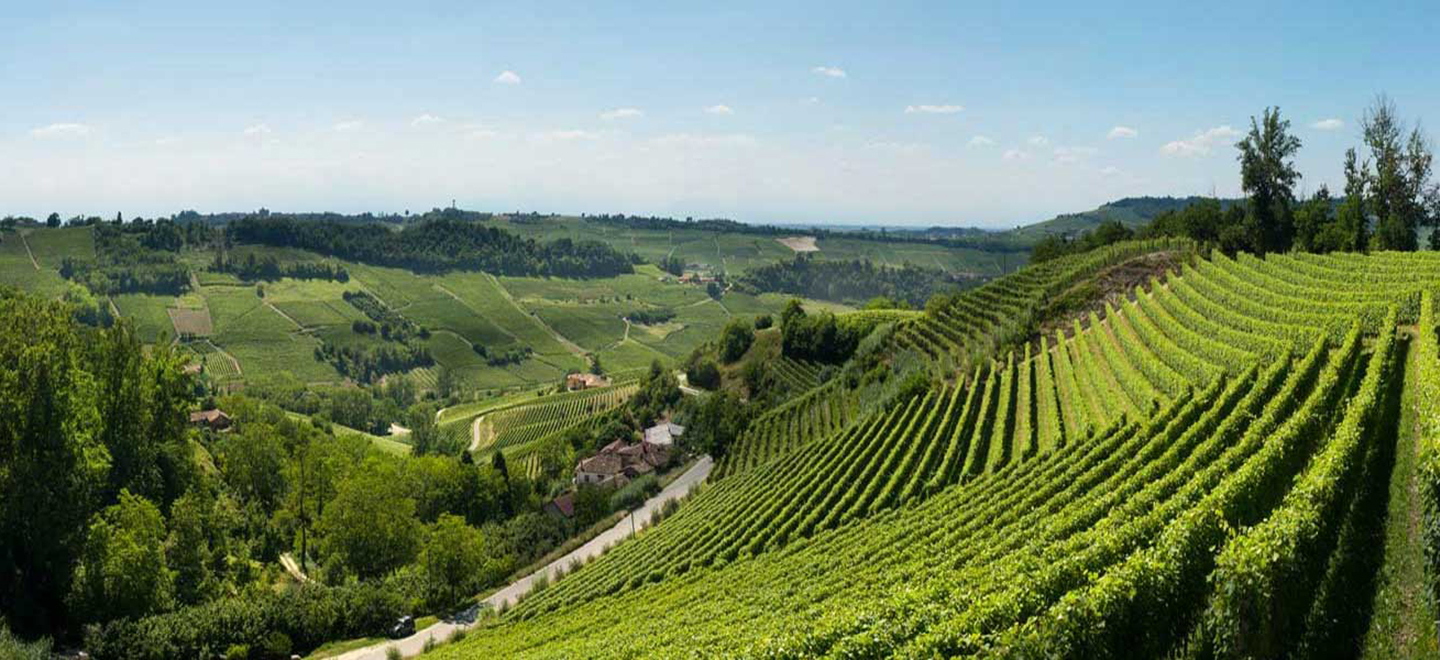 Region:
Region: -
Description:
Cara Sur is a small winery formed in 2011 as a partnership between two couples who were inspired to revive ancestral vines and produce wines from traditional Argentine varietals. Sebastián Zuccardi and Marcela Manini teamed up with Nuria Año Gargiulo and Pancho Burgallo, an avid mountaineering couple who live in Barreal, in the Calingasta Valley of San Juan, north of Mendoza. This mountaineering spirit is represented in the name: Cara Sur translates to "south face" and refers to the more challenging approach to Cerro Mercedario, one of Argentina’s tallest peaks, which can be seen from Panch and Nuria's hometown of Barreal.
Sebastian and Marcela regularly make the trip north to Barreal to work alongside Pancho and Nuria, and the quartet produces wines made from 80 year old Muscatel, Muscatel Negro, Bonarda, and Criola Chica, the Argentine iteration of País (a.k.a. Listán Prieto, a.k.a.Mission). The vineyard sits alongside the Los Patos River in Barreal on stony soil at 1500 meters above sea level. The vines were trained to a Parral, a ceiling-trellised system that provides shade and maximizes airflow. The wines are made in a tiny winery next to Pancho and Nuria’s home, where they produce small quantities via minimal intervention. This team at Cara Sur are quietly producing some of the most unique wines from one of the most underrated microclimates of Argentina.
This profile and tasting notes were edited from the Brazos Wine website, along with the pictures used. For more information please visit: Brazos
Image: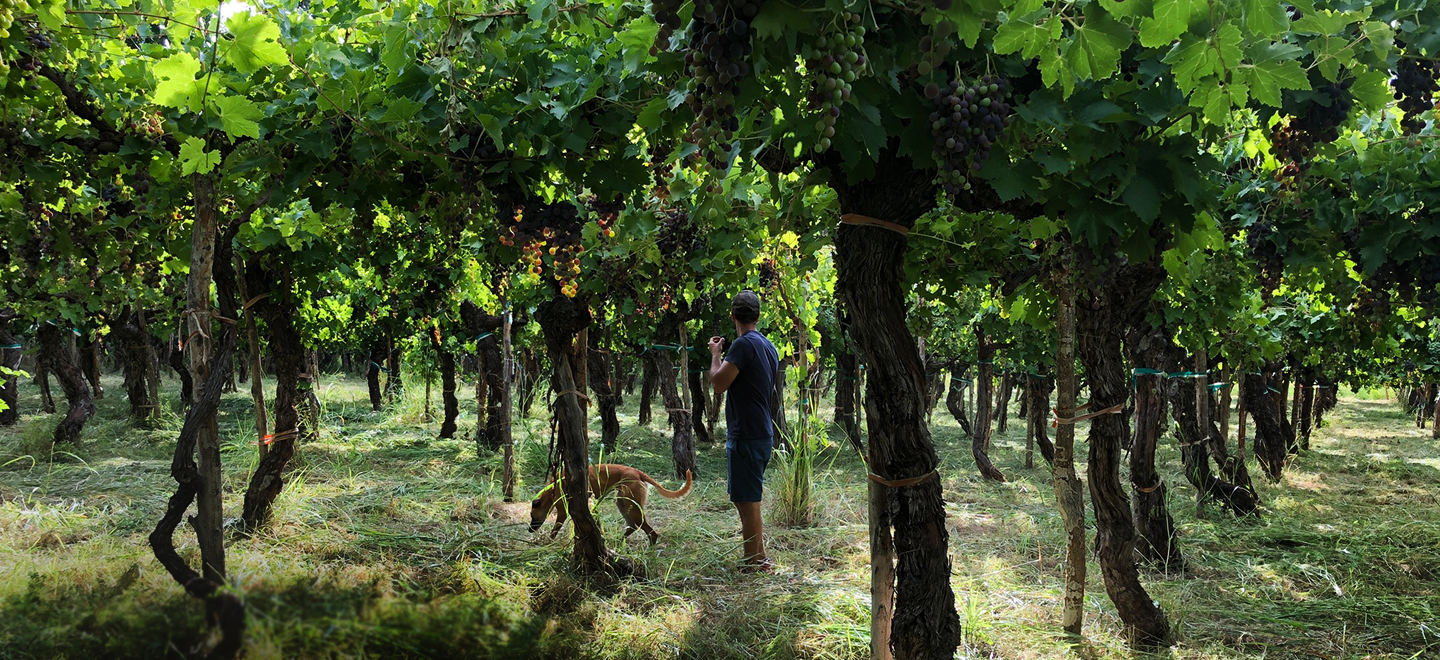 Region:
Region: -
Description:
Carmelo Patti’s wines have something of a cult following with devoted fans in Argentina and abroad. “I don’t want to [make wine] for commercial reasons,” says Patti, who only has one employee. Patti was an important force for the rebirth of fine wine production in Mendoza in the eighties and to this day is one of the most respected enologists and winemakers in the country. His winemaking style is as unique as his character; no consultants, no manipulation, no pretentions. Carmelo simply does what he does best, and wine-loving consumers beat a path to his door. He defines his wines as “a classic style, a naked wine, without anything that can cover it up,” and he insists on holding all wine until he deems it ready for release which can be four to five years after harvest at the soonest for reds. Nothing you have tasted from Argentina quite prepares you for the complex, wild flavors of this traditional, old-school Malbec.
This profile and tasting notes were edited from the Elixir Wine Group website, along with the pictures used. For more information please visit: Elixir
Image: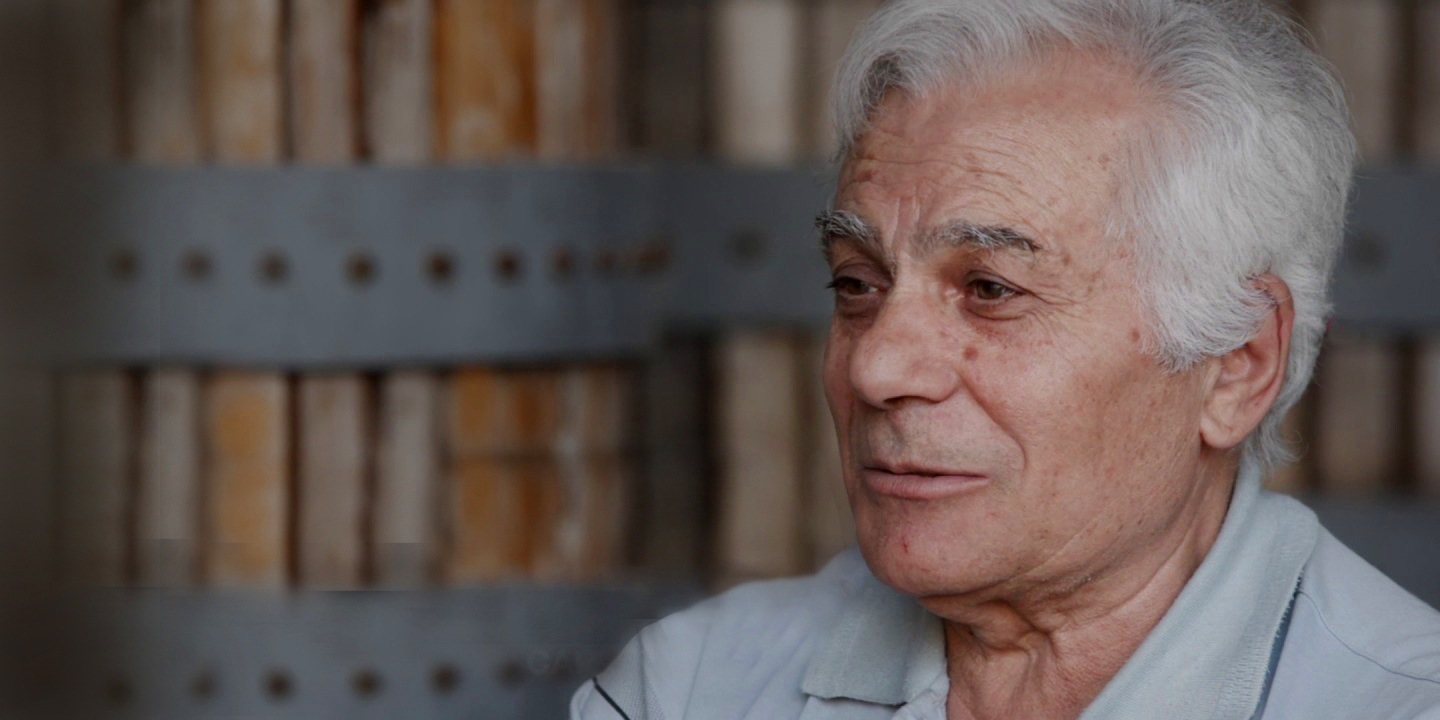 Region:
Region: -
Description:
Thank you to importer Louis/Dressner for this profile of Casa Coste Piane:
Loris Follador is from a long line of farmers in Valdobbiadene. Thanks to his father and grandfather, Loris and his two sons have never had to plant a vine. Their vineyards, featuring 60+ year old vines, are absurdly steep and the soil is very shallow, hitting solid limestone or sandstone rock in a few centimeters. The Folladors are well aware of this fortunate legacy and treat it with the reverence and respect it deserves. No herbicides, pesticides or fertilizers are used. It’s impossible to plow here, but it’s really not necessary with vines of this age; they’ve long ago found their sources deep within the stone formation below. The harvesting is, of course, by hand and would seem, especially in the steepest spots, near impossible. Most importantly, the focus on the vinification and the cellar work is to express, as simply and directly as possible, the potential minerality and the terroir of these vines.
Loris follows a tradition of winemaking that was handed down to him from previous generations without adopting any of the “improvements” of the 60’s, but with a certain regard for technological innovation. The grapes are immediately pressed using a pneumatic press. The must is then partially fermented and the lees and juice are separated and the lees cleaned through filtration. The cleaned juice and filtered lees are reintroduced together in bottle in the late winter and re-ferment by early to mid-summer, creating its own bead and a carbon dioxide environment that prevents oxidation without the use of sulfur. There is no disgorgement, so the expired lees remain in the bottle adding further complexity, but also some cloudiness. The wine can be decanted off of the deposit or poured as is. Either way, the flavor is unchanged and the minerality unmistakable.
Click here for importer Louis/Dressner's profile of the estate and interview with Loris.
Click here for an article in Saveur magazine on the traditional col fondo style of Prosecco.
Image: Region:
Region: -
Description:
Casa Juan is a family-owned and operated bodega in La Guardia, run by Angel Escudero and his family. While the family has been growing vines for years, it wasn’t until 1995 that Angel and his wife Anaceli decided to create a brand and sell it.
The fruit comes from small parcels of Tempranillo all trained en vaso, averaging around forty-five years old. They also own vines of Mazuelo in Rioja Baja, which accounts for fifteen percent of the final blend and adds lift and character to the wine. The soils are the typical calcareous clay found in the region, and the vineyards are farmed organically. Harvest is done by hand, and fermentations are spontaneous from wild yeasts in 24,000 liter concrete vats. Daily remontajes introduce plenty of oxygen. Once both fermentations finish, the wines are racked into a combination of old French and American (Pennsylvania) oak barrels.
Image: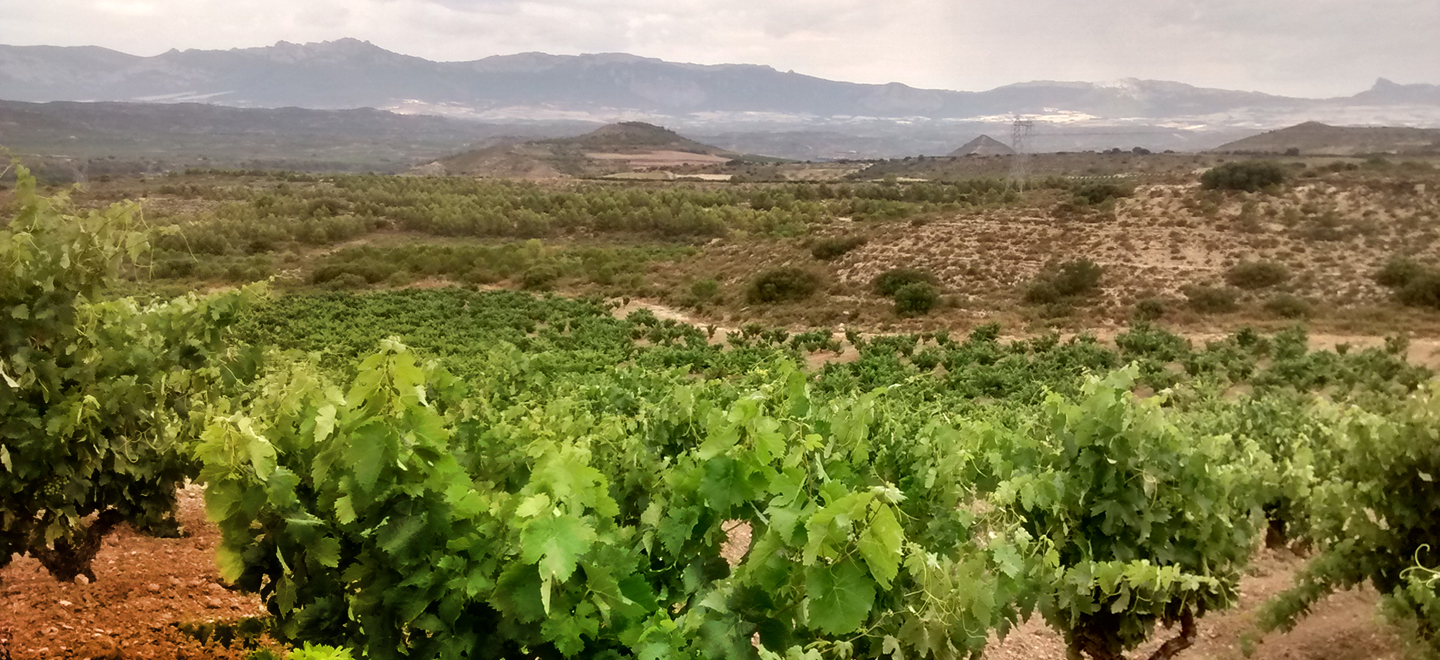 Region:
Region: -
Description:
Thank you to importer Louis/Dressner for this producer profile:
(Click here for more on Casina 'Tavijn on Louis/Dressner's website):
Nadia Verrua, la padronina of Cascina 'Tavijn, works in a long forgotten area in the Asti province of Piemonte. Fortunately it is a region blessed with unique varieties brimming with personality.
Despite the small size of the property (approximately seven hectares including new plantations not yet in production), Nadia is quite ambitious and experimental, producing an increasingly diverse amount of wines each year in accordance to her harvests. The three main grapes of the area of are Barbera, Grignolino and Ruché, the latter two being native indigenous varietals of the area that have seen a small, cultish rise in popularity in recent years.
Grignolino is a grape that makes a pale, light red of garnet color and, when finely made, shows the characteristic bitter cherry, or amarena, flavor that goes well with lighter first courses of dried sausages and hard cheeses, like well-aged asiago. Ruché, on the other hand, produces a wine of saturated purple with plum notes and rose petal aromas. It is made to be drunk young and, again is a perfect wine for salumi, dried meats like bresaola or dried cacciorini and hard, aged cheeses. Barbera, while found throughout Piemonte, is common here and offers a more rustic counterpoint to the wines of the region.
At the helm of the estate for well over a decade, Nadia is still aided by her parents Ottavio and Teresa. In her early years, she produced wines under the region's DOC and DOCG labels, but has progressively abandoned these designations to free herself of their limitations. The three core wines still remain each year, albeit with new identities. The Grignolino has now been dubbed Ottavio after her father, the Ruché is called Teresa after her mother and La Bandita is the estate's Barbera (and also self referential to Nadia, who is depicted on the label wearing a Zorro mask.)
Nadia has also started making wines from Cortese, Moscato, Slarina and Freisa. Some are purchased fruit from friends, some are from inherited or purchased parcels and others still are from young vines she has planted herself. Special bottlings of Grignolino, Ruché and Barbera are now increasingly common, including a ripasso, one-off bottlings highlighting soil differences or even the same grapes vinified differently in the same vintage. All these ideas are colorfully brought to life by the label designs of Gianluca Cannizzo, the tongue in cheek designer behind My Poster Sucks.
The grapes are hand harvested and for the most part vinified in large casks or botti of slavonian oak, though stainless steel and fiberglass tanks are also used in plentiful vintages and for nascent experiments. Over the last decade, Nadia has increasingly pushed herself to limit or eschew the use of SO2. Today her philosophy is to to not use any if possible. If need be, she will add a small amount after malolactic fermentation, a critical moment in her winery where over-active yeasts occasionally continue eating elements of the wines.
Image: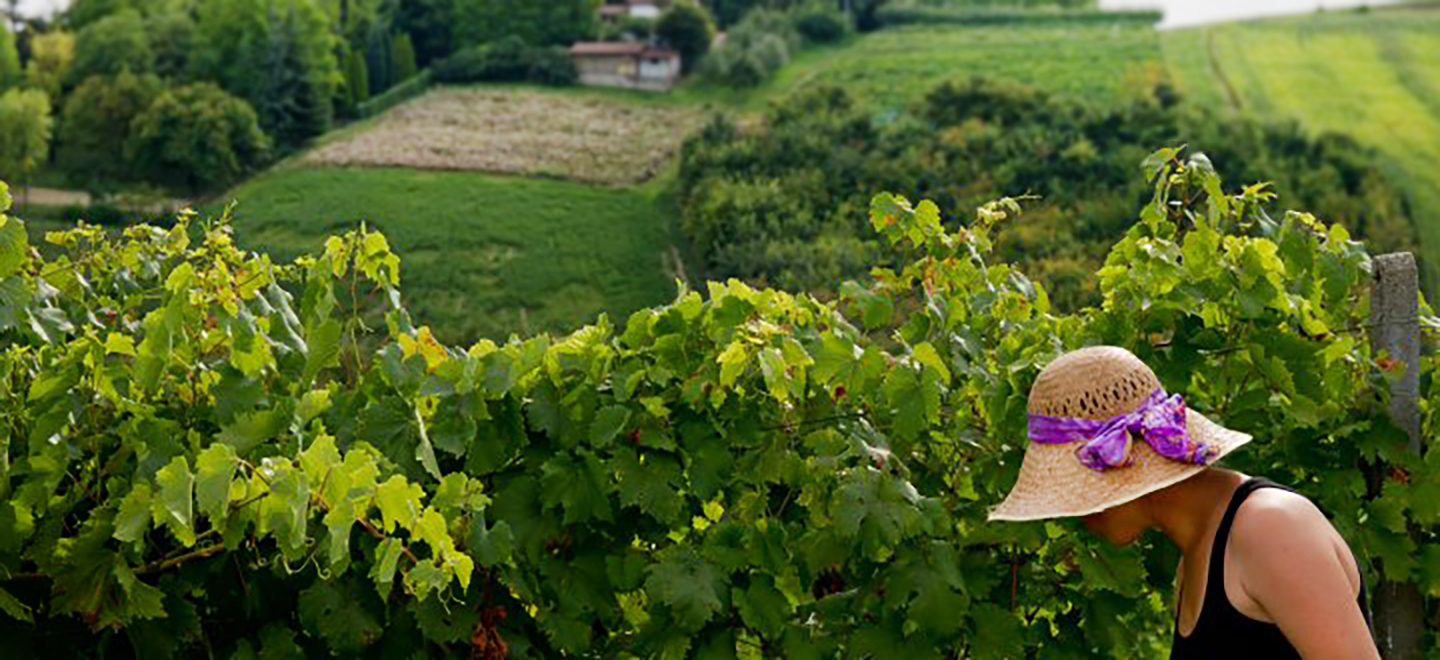 Region:
Region: -
Description:
Thank you to importer Louis/Dressner for this estate profile:
(Click here for the full Ulivi story on the LDM website)
Where to start with the late Stefano Bellotti and Cascina degli Ulivi? Largely responsible for the legitimization of biodynamic viticulture and the eschewing of modern oenology since the early 1980's, his vision has inspired a generation of younger vignaioli. In a world determined to categorize and explain everything with science, Stefano preached holism. Even more impressive, he showed us how to buck the system, to voice dissent and fight back against the commodification of nature and agriculture. In so many ways, Stefano has played a key role in our evolution and approach to the wines we import. But let's rewind and start from the beginning.
Gavi, one of the foremost denominations of white wine in Italy and one of the first white wines to be granted the DOCG status, is produced entirely from the Cortese grape, an indigenous variety to the southern Piemonte province of Alessandria where it also shows its finest expression. After the phylloxera epidemic of the early 1900’s exterminated the more widely planted red Dolcetto vines in the rolling hillsides of the towns surrounding the town of Gavi, the majority of replanting was made with the white Cortese in order to satisfy demand from nearby Genoa and the Ligurian province that lies directly south over the coastal mountains. During the 1960’s, Gavi enjoyed tremendous success on the domestic and international markets thanks to some fine producers in the region. Over the next twenty years, however, competition from other white wine producing regions of Italy, higher yield allowances by the DOC and less scrutinous winemaking led to a glut of commercial and uninspired Gavi.
In 2001, Kevin's recollections of Gavis he'd recently tasted were not memorable. Joe and Denyse were neither familiar with the region nor the grape. Stefano Bellotti was a good friend of the Bera family and they recommended him to us. We met with him to taste his wines and immediately were pleased. On first taste, we knew that this was the type of estate we were seeking and that these wines were wines of terroir. They evoked the soil, climate and grape from which they came.
Cascina degli Ulivi produces wines from around 24 hectares of vines that have been worked biodynamically since 1985. The estate has been in the Bellotti family since the 1930’s but Stefano was the one who transformed it into what it is today. Before he took it over, the farm was more or less abandoned; Stefano, a city boy with no agricultural training, effectively started with a blank canvas. Through his own empirical observations, he progressively came to eschew chemicals in his vineyards, eventually leading him to the philosophies of Rudolph Steiner.
The whole farm is truly polycultural and committed to the fundamental beliefs of biodynamism. Vines are the main focus of the azienda, though vegetables, livestock, milk and cereals are all grown and cultivated. An agriturismo is attached to the farm, and practically everything served is raised and grown on the premises. According to Stefano:
“We consider that the soil is a ‘companion organism’ for everything that lives. In working our vines, we foster the potential harmony of all those forces that contribute to the flow of vitality (of the vine)”
The hard work and dedication is immediately evident in the vineyards where Stefano’s parcels are adjacent to other producers of the area. The health of the vines is immediately apparent to the eye.
The estate hand-harvests in small boxes and uses only the indigenous yeasts to ferment the wines. Use of oak is limited to large, successively-used barrels of traditional provenance. Some are humongous, as large as 4000 liters! While the white wines were at one time lightly filtered and sulfured, these two interventions have been completely omitted since the 2003 vintage in order to produce the purest expression of the land.
A true believer in his terroirs, for many years Stefano fought to keep his wines within the Gavi DOCG. The first victim to the bureaucracy of the appellation was the "Filagnotti", a single vineyard bottling from the estate's best grapes planted on red clay and limestone. in 2008, Stefano had decided to plant fruit trees amongst the vines. This was decreed as violating protocol: because there were now fruit trees amongst the vines, it could not officially be considered a vineyard by law! Undeterred by this reality or that he would be denied subsidies for this land by the EU, Stefano stuck to his convictions and declassified "Filagnotti" as a Vino di Tavola.
In 2015, the estate's entry-level Gavi,made from grapes that don't make the single vineyard bottlings along with other vineyard selections, was refused the appellation due to its color. This was a direct result of making an unfiltered, unadulterated product (most Gavis are usually heavily filtered, completely transparent and a pale straw color). With no other choice, the wine was forced into declassification and renamed as "Ivag" (get it?) Much to his regret, this forced Stefano's decision to give up asking for the appellation for any of his wines. Fortunately, by this point his reputation was cemented and his customers would buy the wine off its own merit.
Stefano left us in 2018, right in the middle of that year's harvest. He was a true visionary and pioneer. In our opinion, he managed to create the most symbiotic natural environment we have yet to encounter: a place where man, beast and plant co-exist in mutual respect and harmony. More than anything, he's left us with an indescribable energy we've felt on every visit and with every sip. While there is much to figure out in the wake of his death, recent visits have confirmed this energy is still there. And with his daughter Ilaria continuing her father's work, we look forward to what the future holds.
Image: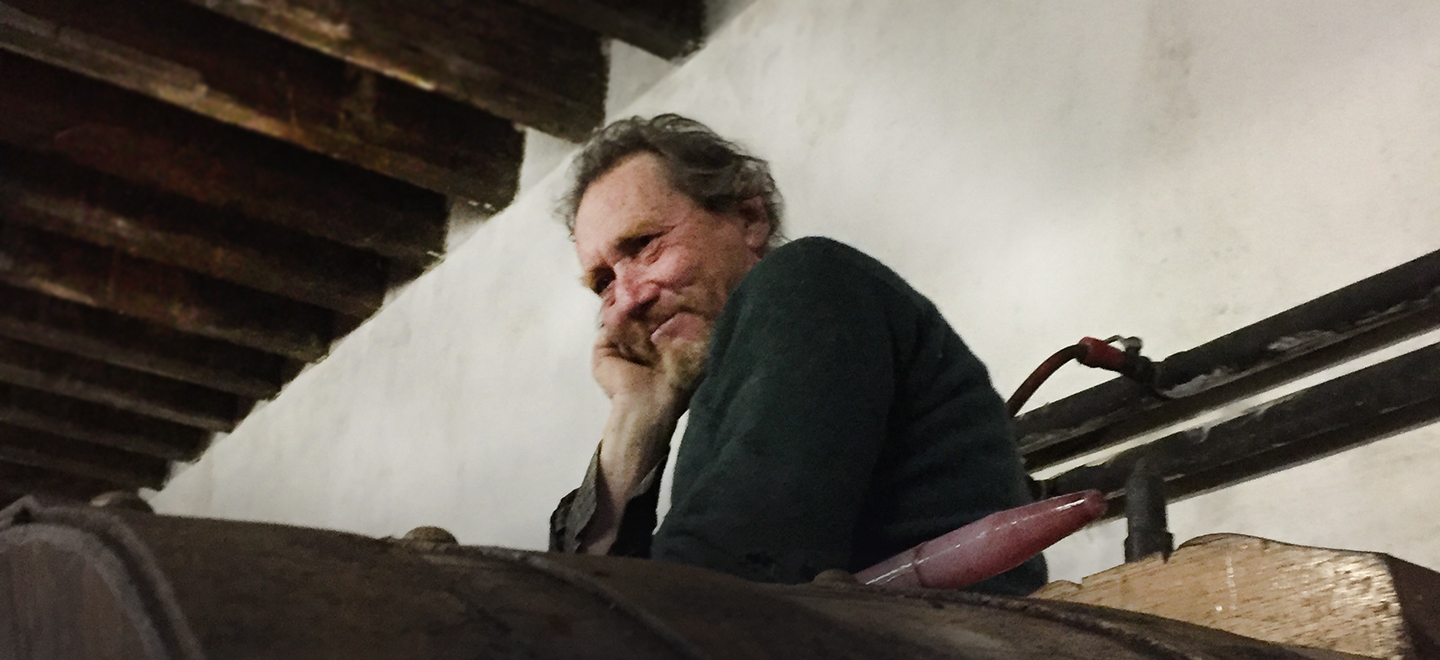 Region:
Region: